Write, draw, show, and tell: a child-centred dual methodology to explore perceptions of out-of-school physical activity
- PMID: 27080384
- PMCID: PMC4832535
- DOI: 10.1186/s12889-016-3005-1
Write, draw, show, and tell: a child-centred dual methodology to explore perceptions of out-of-school physical activity
Abstract
Background: Research to increase children's physical activity and inform intervention design has, to date, largely underrepresented children's voices. Further, research has been limited to singular qualitative methods that overlook children's varied linguistic ability and interaction preference. The aim of this study was to use a novel combination of qualitative techniques to explore children's current views, experiences and perceptions of out-of-school physical activity as well as offering formative opinion about future intervention design.
Methods: Write, draw, show and tell (WDST) groups were conducted with 35 children aged 10-11 years from 7 primary schools. Data were analysed through a deductive and inductive process, firstly using the Youth Physical Activity Promotion Model as a thematic framework, and then inductively to enable emergent themes to be further explored. Pen profiles were constructed representing key emergent themes.
Results: The WDST combination of qualitative techniques generated complimentary interconnected data which both confirmed and uncovered new insights into factors relevant to children's out-of-school physical activity. Physical activity was most frequently associated with organised sports. Fun, enjoyment, competence, and physical activity provision were all important predictors of children's out-of-school physical activity. Paradoxically, parents served as both significant enablers (i.e. encouragement) and barriers (i.e. restricting participation) to physical activity participation. Some of these key findings would have otherwise remained hidden when compared to more traditional singular methods based approaches.
Conclusions: Parents are in a unique position to promote health promoting behaviours serving as role models, physical activity gatekeepers and choice architects. Given the strong socialising effect parents have on children's physical activity, family-based physical activity intervention may offer a promising alternative compared to traditional school-based approaches. Parents' qualitative input is important to supplement children's voices and inform future family-based intervention design. The WDST method developed here is an inclusive, interactive and child-centred methodology which facilitates the exploration of a wide range of topics and enhances data credibility.
Keywords: Children; Independent mobility; Parents; Physical activity; Write draw show and tell.
Figures
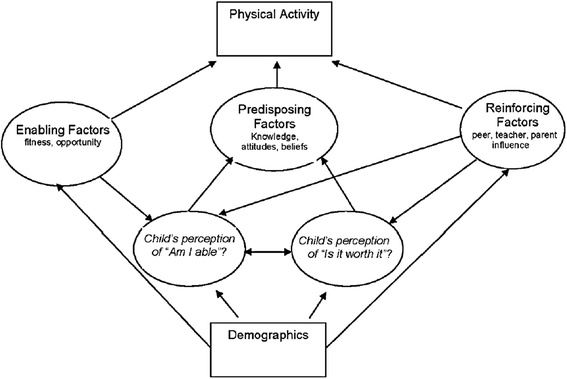
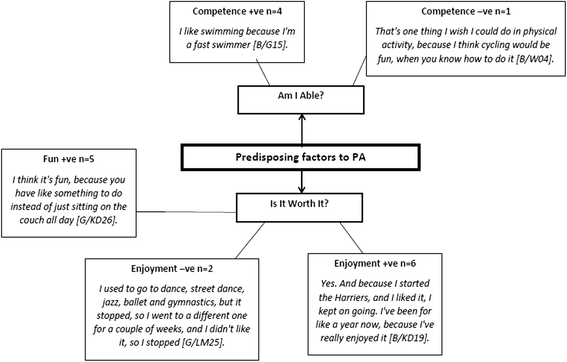
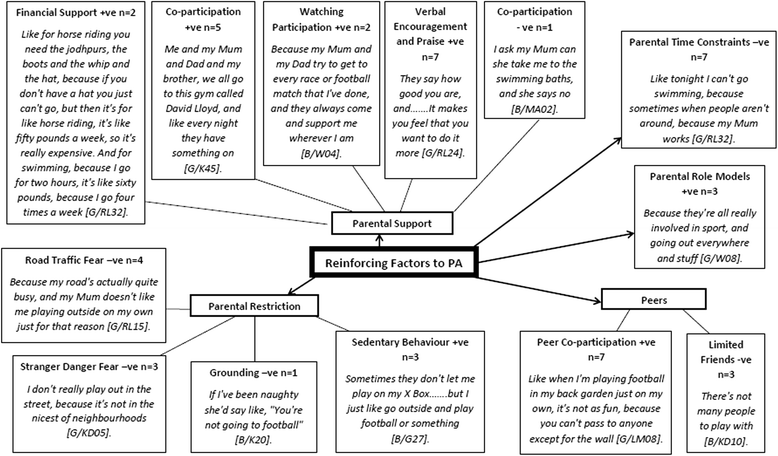
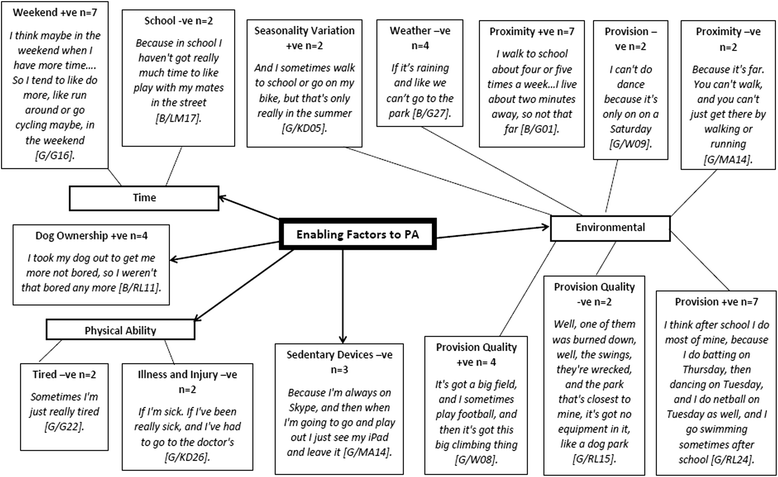
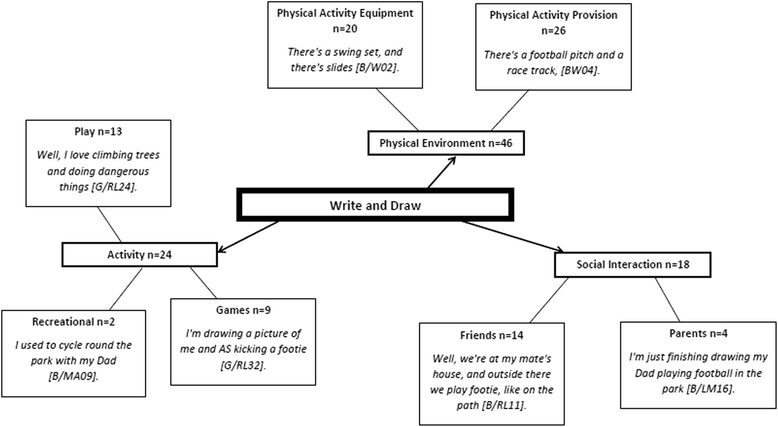
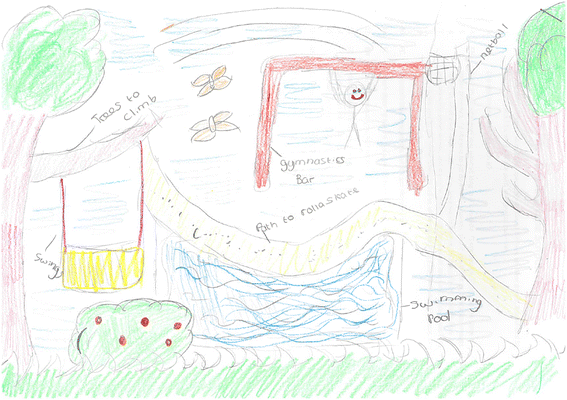
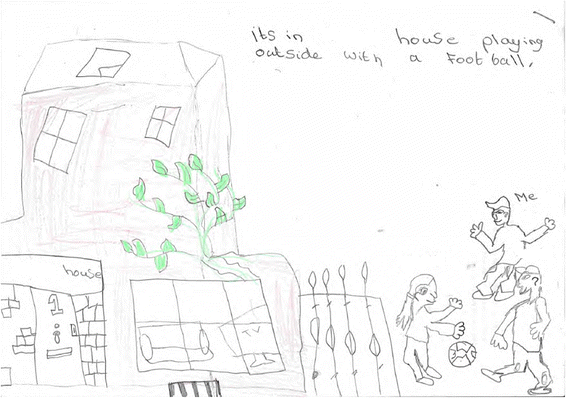
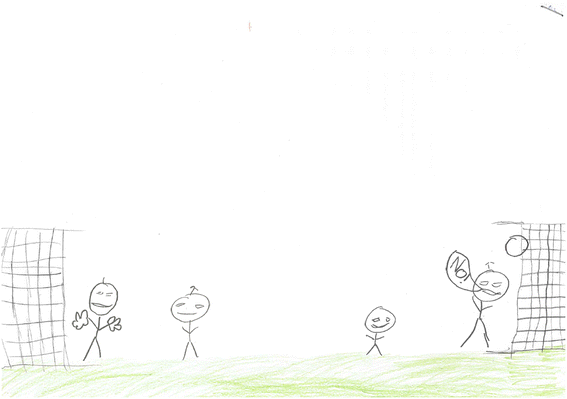
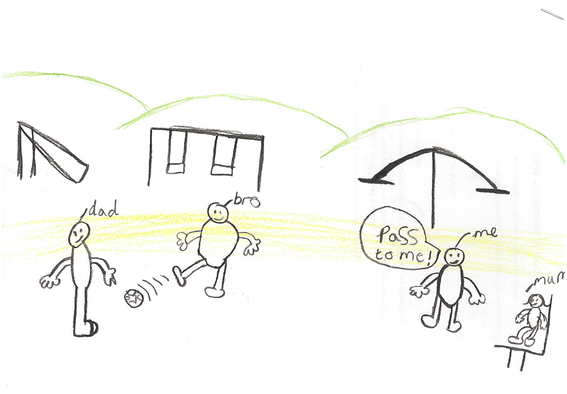
Similar articles
-
Using formative research to develop CHANGE!: a curriculum-based physical activity promoting intervention.BMC Public Health. 2011 Oct 27;11:831. doi: 10.1186/1471-2458-11-831. BMC Public Health. 2011. PMID: 22032540 Free PMC article.
-
Latino parents' perceptions of the eating and physical activity experiences of their pre-school children at home and at family child-care homes: a qualitative study.Public Health Nutr. 2017 Feb;20(2):346-356. doi: 10.1017/S136898001600207X. Epub 2016 Aug 19. Public Health Nutr. 2017. PMID: 27539059 Free PMC article.
-
Parents' experiences of participating in the Healthy School Start Plus programme - a qualitative study.BMC Public Health. 2023 Apr 4;23(1):646. doi: 10.1186/s12889-023-15552-8. BMC Public Health. 2023. PMID: 37016372 Free PMC article. Clinical Trial.
-
Parents' Perceptions of Children's and Adolescents' Use of Electronic Devices to Promote Physical Activity: Systematic Review of Qualitative Evidence.JMIR Mhealth Uhealth. 2023 Jul 20;11:e44753. doi: 10.2196/44753. JMIR Mhealth Uhealth. 2023. PMID: 37471127 Free PMC article.
-
Parents' perceptions of physical activity for their children with cancer: a qualitative meta-synthesis.Front Pediatr. 2025 Mar 28;13:1402516. doi: 10.3389/fped.2025.1402516. eCollection 2025. Front Pediatr. 2025. PMID: 40224387 Free PMC article.
Cited by
-
Designing Activating Schoolyards: Seen from the Girls' Viewpoint.Int J Environ Res Public Health. 2019 Sep 20;16(19):3508. doi: 10.3390/ijerph16193508. Int J Environ Res Public Health. 2019. PMID: 31547102 Free PMC article.
-
Determinants of Child Health Behaviors in a Disadvantaged Area from a Community Perspective: A Participatory Needs Assessment.Int J Environ Res Public Health. 2018 Mar 31;15(4):644. doi: 10.3390/ijerph15040644. Int J Environ Res Public Health. 2018. PMID: 29614732 Free PMC article.
-
Brazilian Children's Understanding of the Quality of Life in Their Living Environment: A Qualitative Study.Int J Environ Res Public Health. 2020 Jul 15;17(14):5101. doi: 10.3390/ijerph17145101. Int J Environ Res Public Health. 2020. PMID: 32679741 Free PMC article.
-
"When You Move You Have Fun": Perceived Barriers, and Facilitators of Physical Activity From a Child's Perspective.Front Sports Act Living. 2022 Mar 7;4:789259. doi: 10.3389/fspor.2022.789259. eCollection 2022. Front Sports Act Living. 2022. PMID: 35321521 Free PMC article.
-
Context matters! sources of variability in weekend physical activity among families: a repeated measures study.BMC Public Health. 2017 Apr 18;17(1):330. doi: 10.1186/s12889-017-4232-9. BMC Public Health. 2017. PMID: 28420363 Free PMC article.
References
-
- Department of Health . Start Active, Stay Active. A report on physical activity for health from the four home countries' Chief Medical Officers. London: Department of Health; 2011.
Publication types
MeSH terms
LinkOut - more resources
Full Text Sources
Other Literature Sources
Medical

